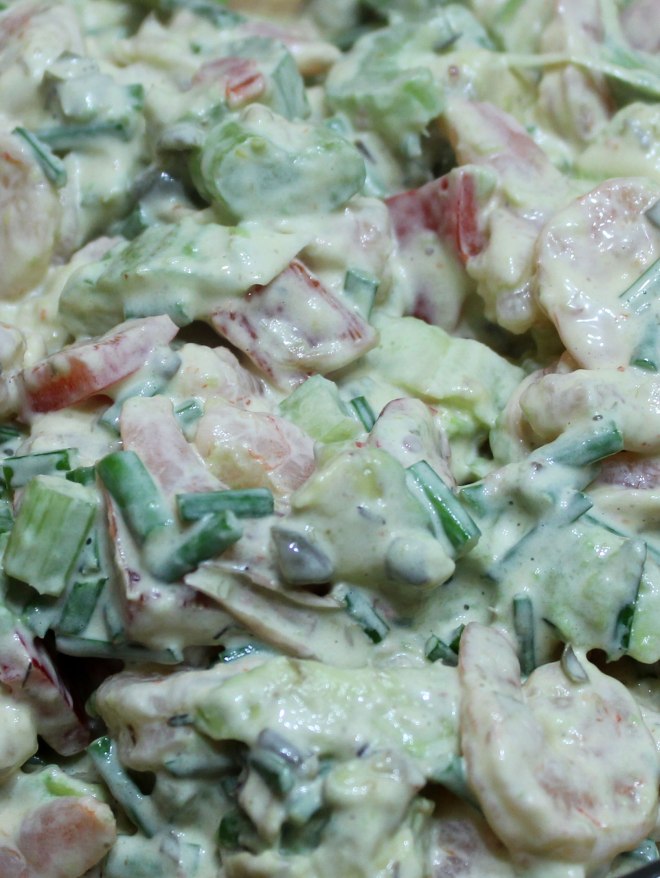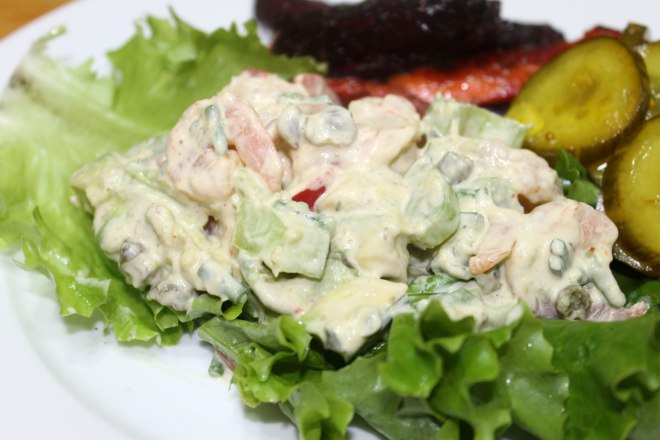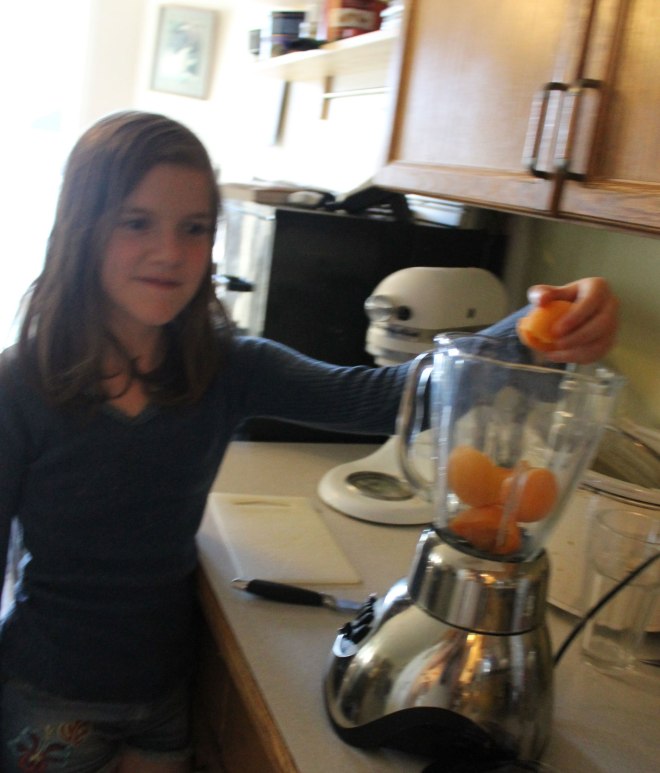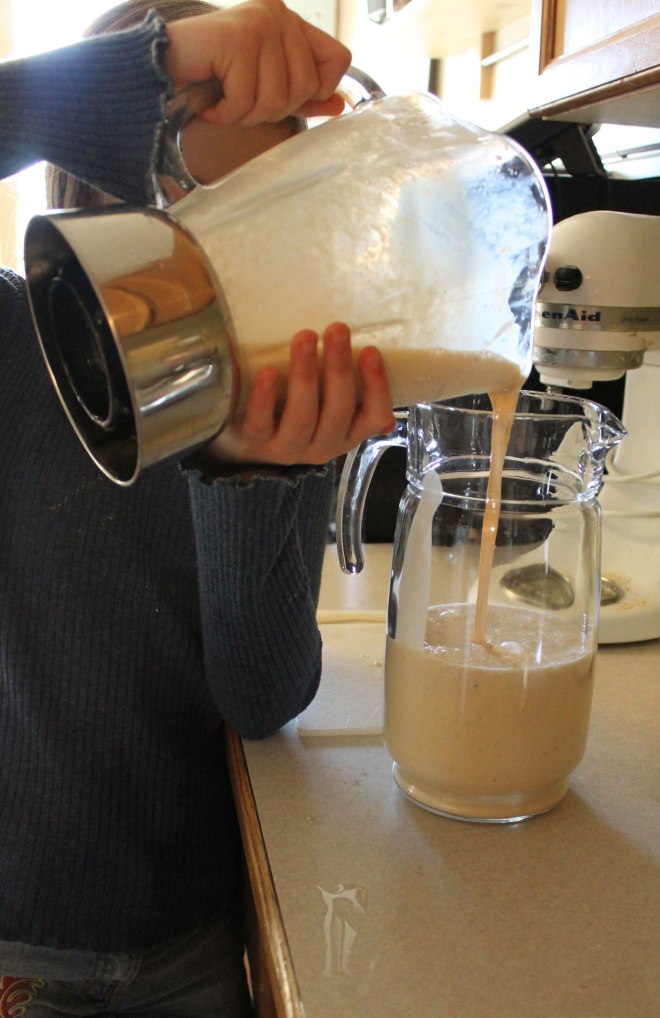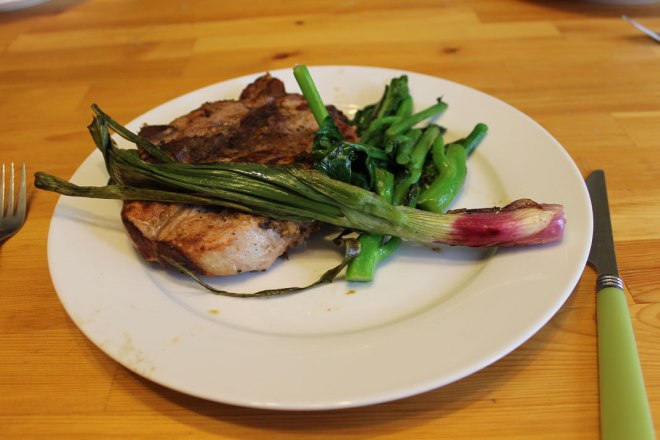Who doesn’t love marshmallows? Melted into hot chocolate, in smores or even just eaten by themselves, they are delicious.
But have you read the ingredients in the ones you buy in the grocery store?
A simple Google search revealed the following ingredients for Kraft Jet-Puffed Marshmallows:
Corn syrup, sugar, dextrose, modified corn starch, water, gelatin, tetrasodium pyrophosphate, artificial flavours, artificial colours (blue 1).
So nothing really natural about them apart from the gelatin, and you can bet that even that is over-refined and produced from cows reared on GMO grains and soy in a CAFO.
The first ingredient is Corn syrup – AKA High fructose corn syrup, known to be one of the worst sweeteners for your health. Not only is it almost exclusively made from GMO corn, it is notoriously bad for us. HFCS is one of the most dangerous food additives there is, contributing to fatty liver disease, weight gain and obesity, increased risk of type 2 diabetes, metabolic syndrome and elevated levels of triglycerides and “bad” (LDL) cholesterol. And the only reason they use it is because it is cheap.
Sugar – most definitely not paleo and is known to cause blood sugar issues, dental caries, spike insulin levels and can lead to type 2 diabetes and metabolic syndrome. And unless it specifies cane sugar (which is GMO free) it is almost certainly made from GMO sugar beets.
Dextrose (aka glucose) is a simple sugar that can spike blood glucose levels leading to an insulin surge. This insulin surge can cause insulin resistance, metabolic syndrome and is a factor in type 2 diabetes. In addition, it is simply empty calories that can lead to weight gain. The other concern with dextrose is that most of it is made from GMO corn….
Modified cornstarch is literally what the name says – cornstarch that had been modified chemically to partially degrade the starch molecules. Because the vast majority of corn grown in the US is genetically modified, this is almost certainly a GMO product.
So in the first 4 ingredients in Kraft Jet-puffed Marshmallows you have 4 GMO ingredients! No wonder Kraft are fighting so hard to prevent GMO labeling on foods!
Water and gelatin are by themselves not much of a problem, but you can almost certainly guarantee that the gelatin comes from cattle that are reared in a CAFO and fed a diet of GMO corn and soy. So now we have 5 ingredients out of the total of 9 that are tainted by GMO products….. It is not looking good!
Then we get to tetrasodium pyrophosphate. I didn’t even know what this was until I typed it into Google. According to Wikipedia, tetrasodium pyrophosphate is a colourless, transparent crystalline chemical compound with the formula Na4P2O7. The toxicity of this chemical is twice that of table salt. Niiiiiice! They are putting something that is twice as toxic as salt, which they tell us to avoid at all costs, in our candy!
Then we have the artificial flavours (who knows what they are but the vast majority are made from petroleum products).
And the artificial colour (blue 1 ) is another petroleum product. I don’t know about you, but I prefer to eat foods that do not contain any artificial additives, both flavours or colours, and I certainly don’t like to find refined petroleum (AKA crude oil) products in my food!
Reading the above, there is no way I would want to put any of those ingredients in my body (or into my kids bodies for that matter!) Out of the total of 9 ingredients, 5 are either genetically modified or reared using genetically modified food-stuffs. 3 are petrochemical products and only 1 (the water) is a truly natural product!
So what are you to do when the kids are begging you for marshmallows in their hot chocolate or to make smores?
Easy, you make your own using grass-fed gelatin and honey. This recipe is not only paleo/primal, but it is also AIP friendly as long as you tolerate honey well. And it will give you (or the kids) some gut-healing gelatin to boot!
These marshmallows do still contain sugars in the form of honey (mostly fructose with some glucose), so if you are wanting to loose weight I advise caution. And they can still increase weight gain if you were to over-indulge. But one or two squares a day??? a delicious treat that is actually good for you! It should be noted that these are much less sweet than store-purchased marshmallows and do not contain the same carb-load.
I should add that this recipe was originally made and devised by my 15 yr old daughter A, who is one of the most talented young cooks that I know!

Homemade Paleo Friendly Marshmallow
the quantity that this makes depends on how big you cut them. It will fill a 9″ square silicone baking pan

- 1 cup water (split into 2 halves)
- 3 tbsp gelatin – preferably grass-fed
- 1 cup honey (no need to use raw honey here as you are boiling it. But go for local honey – support local bee-keepers and businesses!)
- ¼ tsp sea salt
- ¼ cup tapioca flour to coat
Necessary cooking items:
- Stand mixer (Believe me you do NOT want to whisk these by hand!)
- candy thermometer
- 9″ square baking pan
Grease your baking pan – I like to make these in a 9″ silicone baking pan as it makes turning the finished marshmallows out so much easier. If you don’t have a silicone tray you will need to grease your pan and line it on the base and sides with parchment paper or you will never get these babies out.
Place ½ cup of water in your stand-mixer bowl along with the gelatin and leave to bloom for a while.
While the gelatin is softening, put the remaining ½ cup of water in a pan with the honey, vanilla and salt. Bring the mixture to the boil over a medium heat, stirring to make sure it does not boil over. Place your sugar thermometer in the boiling honey mixture taking care that it does not touch the base of the pan but is immersed in the boiling honey. Continue to boil the mixture until it reaches the soft ball stage ( 115°C/240°F). Immediately remove the pan from the heat.
Turn the stand mixer on to a low speed and slowly pour the honey mixture into the bowl. Once all the honey is incorporated, turn the speed up to high and continue to mix until the mixture is thick, smooth and creamy and resembles marshmallow fluff. This will take approximately 10 minutes but may take longer. Don’t rush it!

Turn the marshmallow mixture out into your prepared pan and smooth out the mixture as best as you can. If you add a little oil to your hands it will stop the mixture sticking to them as you smooth it out.
Allow to chill until firmly set, then cut into cubes.
Toss each cube in tapioca flour to stop it sticking to other cubes. And that is it… Homemade marshmallows.

If you prefer, you can coat your marshmallows in something other than tapioca flour to add variations to the flavour.
Suggested coatings are:
Shredded coconut – toasted or untoasted
crushed nuts – toasted or untoasted (not AIP friendly)
cocoa (not AIP friendly)
If using a coating, you will not need the tapioca flour in the above recipe. Place some of the coating of your choice in the pan before pouring in the marshmallow mixture, then top with more of the coating, pressing it lightly into the surface of the marshmallow. This will make it easier to turn the set marshmallows out.

Once you have cut the marshmallows into cubes, toss them in yet more of your chosen coating to ensure that all sides are covered.
These ones are tossed in untoasted shredded coconut.

Not only are these beauties paleo, they are also AIP friendly as honey is allowed on the AIP diet in moderation (so you should be OK as long as you don’t eat the entire pan!). They are free from all the nasty additives in commercially made marshmallows, and the gelatin
And they are delicious!
Shared at Tuesdays With a Twist #55
Shared at Tasty Tuesday
Shared at the Paleo AIP Recipe Roundtable #14
Shared at Gluten-Free Wednesday 4-30-14
Shared at Fat Tuesday April 29 2014
Shared at Mostly Homemade Monday #79
Shared at All Things Thursday, Freedom Fridays


































